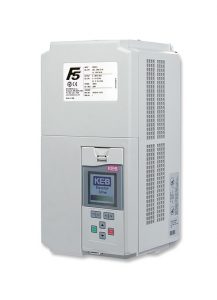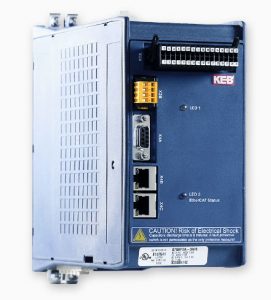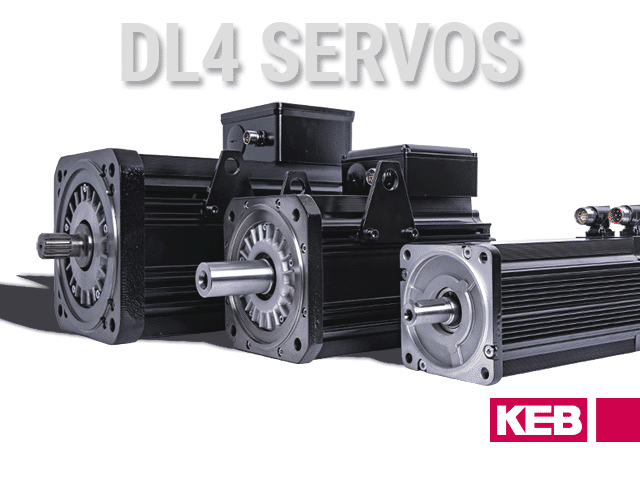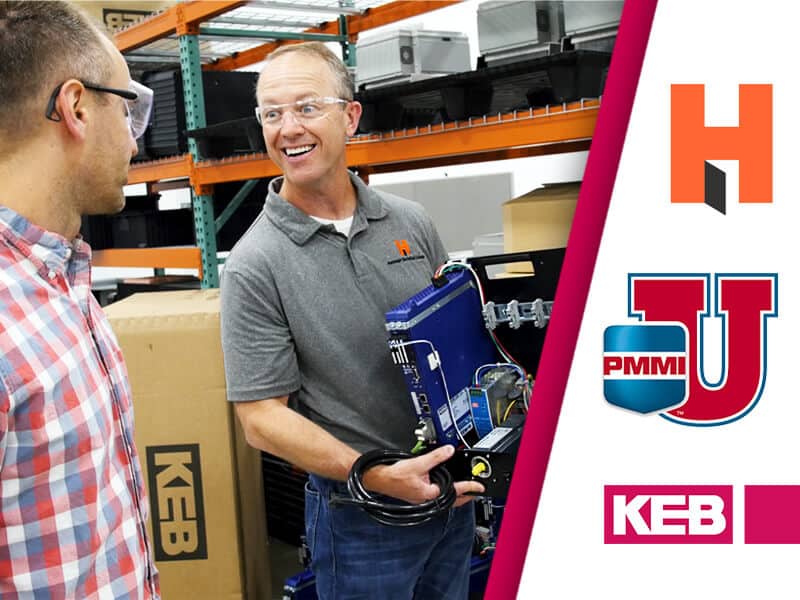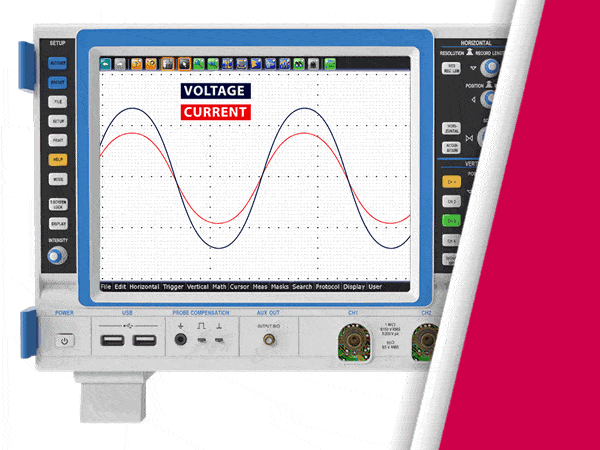This is the first of three articles describing the operational benefits and energy savings that can be achieved using VFDs and regen drives in escalator applications.
- The second article shows the escalator operational advantages that can be achieved from operating an escalator with a KEB drive.
- The third article shows the energy savings that can be achieved with an R6 regenerative drive.
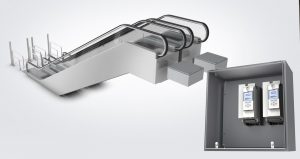
If you’re looking for a high-performance drive for your applications – elevators, escalators, cranes, wind turbines, or many others – KEB’s F5 and F6 drives have the right technology on board. The main benefits of operating a motor with a VFD are energy savings and increased operational performance. Below is a list of operational benefits you’ll see with the F5 and F6 generations of inverters when used in escalator applications.
Smooth S-Curves
The KEB F5 and F6 VFDs have adjustable S-curves, allowing the escalator to be smoothly ramped up to speed and decelerated. An escalator motor that is line-fed will not have a controlled start and could cause uncomfortable jerks. Also, smooth acceleration and deceleration profiles do not excessively stress the mechanical components and will increase the operating lifetime of the components assuming many start/stops.
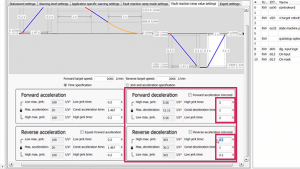
Additionally, a line start motor will experience starting currents of 500-700% of the motor’s full load rated current. Starting a motor with a VFD allows for starting currents below the motor’s nominal rating.
Adjustable Torque Limits (Closed loop operation only)
Within the KEB F5 and F6 escalator drives, accurate motor torque limits can be set when a motor with an encoder feedback device is used. Setting torque limits in the drive can help protect the mechanical components in the drive train. Additionally, the drive can provide an output to indicate the torque limit has been reached.
This could help detect a jam or other critical safety condition and allow the controller to respond accordingly.
Diagnostic Parameters
The F5 and F6 drives have many diagnostic parameters and counters that can be monitored to assist in the preventative maintenance of the escalator and system troubleshooting. A short sampling of drive parameters commonly used include:
| Diagnostic | | Counters |
|---|---|
| Output Current | | Power On Hours |
| DC bus Voltage | | Modulation Hours |
| Heatsink Temperature | | Lifetime Overvoltages Errors |
| Motor Temperature | | Lifetime Overcurrent Errors |
| Inverter Status | | Lifetime Overload Errors |
Monitoring the drives Power On or Modulation hours could indicate preventative maintenance intervals like replacing fans or capacitors. Monitoring drive faults like overvoltage or overcurrent errors might help to diagnose problems with the utility power quality or escalator drive train. Finally, monitoring parameters like current or drive output power will help track escalator usage, peak usage times, and overall energy consumption.
Remote Monitoring
There is often a need to monitor or record the diagnostic parameters a VFD is able to measure. The KEB F5 and F6 drives have optional communication modules that allow the VFD to communicate with a master PLC or SCADA network.
KEB supports all the major serial and Ethernet-based industrial protocols including: Ethernet/IP, DeviceNET, Profinet, Modbus, and more.
Single-Phase Input
Depending on the installation, it might be possible that only single phase power is available. Rather than use a rotary phase converter to operate the three phase induction motor, a VFD can be used.
KEB VFDs allow a single phase input and three phase output. Depending on the size of the escalator motor, special precautions might be needed when sizing the VFD – contact KEB engineering if considering single phase input.
Voltage Stabilization
The video above describes the voltage stabilization function in KEB VFDs.
An induction motor is optimally operated at its designed voltage/frequency. A situation where the utility power has an overvoltage will cause line fed escalator motors to pull excessive current which contribute additional losses and heat.
The Voltage Stabilization function in the F5 and F6 drives compensates for overvoltage situations by actively regulating the output voltage to the motor’s nominal rating.
Energy Savings Mode
During periods where the escalator is lightly loaded, the escalator motor is not required to develop full rated torque. In this case, it is possible to actively reduce the voltage to the motor using KEB’s Energy Savings Mode. By reducing the voltage to the motor, the Energy Savings Mode also reduces the magnetizing current to the motor. A reduction in magnetizing current will reduce stator and winding losses in the motor.
Do you want to discuss the benefits of using KEB VFD’s with your escalators? Contact an application engineer today!
Standard Product Range
- 5 – 40Hp
- 230VAC & 480VAC
- Single Phase Input available
- Open Loop Control (V/Hz or Sensorless Vector)
- Closed Loop Control (Field Orientated Control)
- Operates both Induction and PM motors
Standard Features
- Integrated braking transistor – Rated 100% duty
- Programmable I/O with EZ plug terminals
- Integrated brake control
- Small footprint – Low profile for small enclosures
Reliability
- Thermostatically controlled fan – Provides longer fan operating lifetime
- Large die IGBTs – Extended component lifetimes
- Oversized DC-bus capacitors
- Motor and drive overtemperature protection
Safety
- Motor flux and phase check
- Torque Limit (close loop only)
- Software and Hardware overcurrent monitors
Options
- EMI Filter
- SIL3 rated safety input
- Input/Output reactor
- Fieldbus options (Ethernet TCP/IP, DeviceNet)
- Harmonic Filter
- Regenerative Unit
- Brake resistors
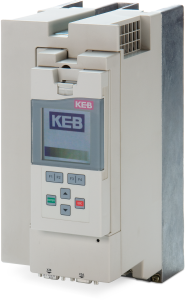
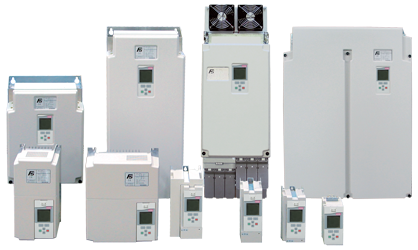
Let's Work Together
Connect with us today to learn more about our industrial automation solutions—and how to commission them for your application.
